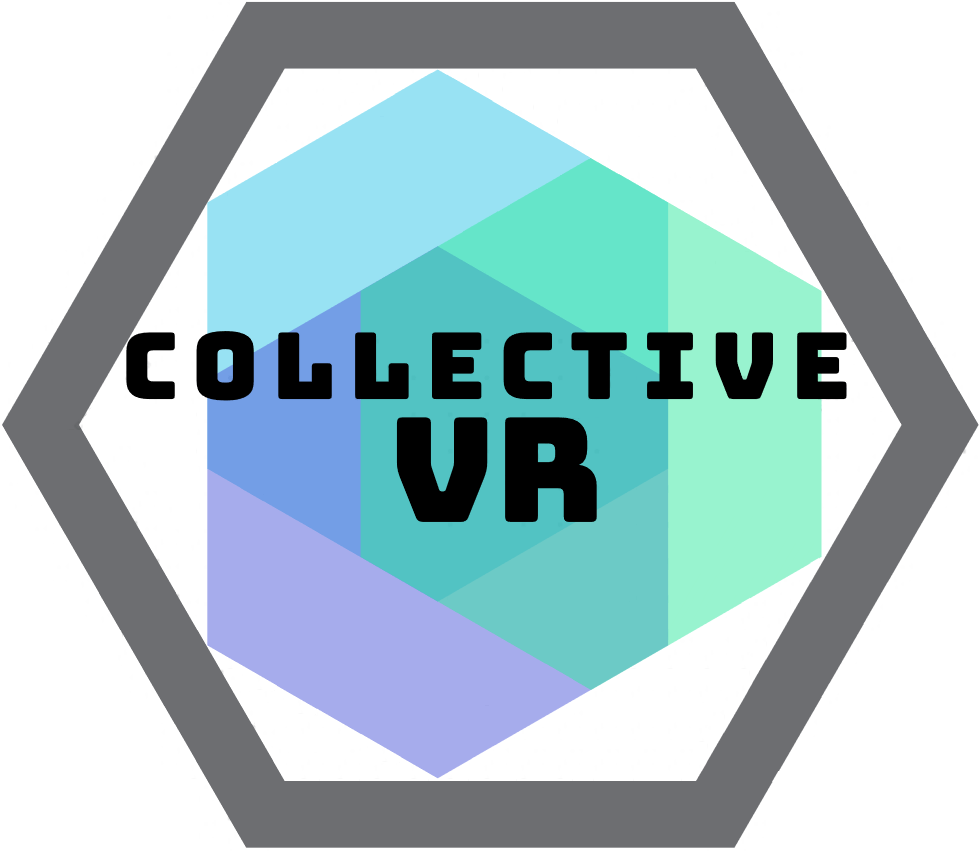
Team Name
CollectiveVR
Timeline
Summer 2020 – Spring 2020
Students
- Nishad Aherrao
- Isaiah Parrie
- Chris Maxey
- Rebecca Nishad
Sponsor
- RaeAnna Jeffers, Health Sciences Librarian
- Jennifer Roye, Assistant Dean of Simulation and Technology
- UTA Computer Science Dept., UTA Nursing Dept.
Abstract
The vision of this project is to create a virtual reality simulation for use by the UTA Nursing Department which can provide nursing students with a more realistic, hands-on, and intimate training experience in hospice care. Current solutions, such as the widely-used vSim for Nursing program, do not provide the same kind of impactful learning experience that can be achieved through a well-designed VR simulation. Through the use of this program, nurses in training will become more closely acquainted with the process of caring for a patient after a terminal diagnosis, and experience what is expected of them when handling a patient post-mortem.
Background
HospiceVR is a program sponsored by the Computer Science and Nursing departments at UTA. Nursing students are not required to have hospice care experience prior to graduation and entry into the workforce. Unfortunately, the care of a dying patient and the death of a patient are realities that many nurses eventually must face, and it can be difficult to handle without prior experience.
In a collaborative effort to create a more effective tool and provide students with experience in this area of nursing, the two departments have sponsored the creation of a four-level simulation. The levels are:
- At the hospital, when the patient first receives their diagnosis
- In the patient’s home, where the user prepares the home for the patient’s arrival
- In the patient’s home, where the user communicates with the patient and his family and provides care for the patient after they have been discharged from the hospital
- In the patient’s home, where the user arrives after the death of the patient to provide post-mortem care
Upon completion, the program will be used to train students in the UTA Smart Hospital with a HTC Vive VR system.
Project Requirements
- The user shall communicate with the patient and his wife. The user will be required to confirm the patient’s identification and practice empathic communication
- The user shall practice good hygiene practices, including washing hands prior to entering the patient’s room and sterilizing medical equipment prior to use
- The Glasgow Coma Scale will be used to asses the patient’s level of consciousness
- The user shall evaluate the patient and check for vital signs, including blood pressure, breathing, bowel sounds, and changes in skin color and responsiveness
- The user shall review and make changes to the patient’s medical chart (EMR)
- The user shall administer medication to the patient and will be required to determine the correct drug, dosage, and administration route, as well as document that medication was given in the patient’s chart
- Voice acting will be provided to increase the realism of the VR scene
- The simulation will track the user’s progress throughout the simulation and report the user’s progress on a final summary screen
- The simulation will maintain an average frame rate of 50 frames/second throughout use
System Overview
The Entity-Component-System (ECS) design pattern, which is natively supported by Unity, is used in the design and implementation of this project. This design pattern separates a program into three categories: Entities, which are general-purpose objects in the simulation; Components, which contain the data used by the objects, and which describe the behavior and attributes of the objects; and Systems, which run continuously and perform actions on the Entities present in the simulation. This design pattern has the benefit of increasing system modularity and loosens coupling between objects in the system.

Results
A demo video of our progress can be seen below:
Future Work
Future teams will be required to implement the VR aspect of this simulation, as COVID prevented our team from utilizing the equipment at UTA. Unfinished requirements for this project include:
- Complete medication administration
- Add Glasgow Coma Scale requirements when checking patient
- Complete EMR functionality
- Add voice acting for the NPCs
- Add final report functionality
Project Files
System Requirements Specification (SRS)
Architectural Design Specification (ADS)
Detailed Design Specification (DDS)
References
N/A